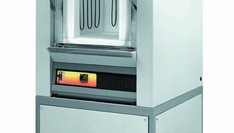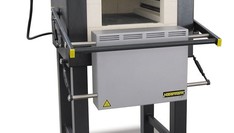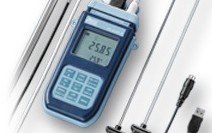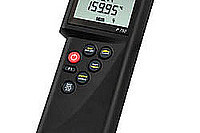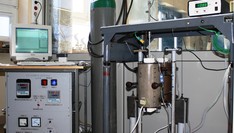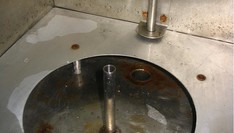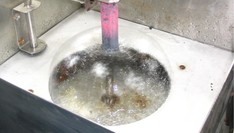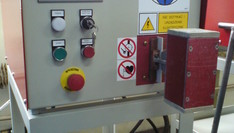
Heat Treatment Laboratory
Carbolite HTF 1800 Furnace
- The furnace is controlled by a digital PID controller with the possibility of programming several steps of heat treatment. Overheating protection (EN 605 19-2) adjustable in a wide range. The furnace reaches a maximum temperature of 1800°C. It has very fast heat-up time, durable aluminum oxide insulation and molybdenum disilicide heating elements. Due to these features, the furnace ensures the stability and accuracy of heat treatment.
Digital thermometers
- Model HD2108.2 by Delta OHM with two K-type thermocouples. It can be changed to different thermocouples and two tests at the same time. There is a possibility to connect and save the results on the computer.
- Dostmann Electronic P700 series model with K type thermocouple. It can be changed to different thermocouples. There is a possibility to connect and save the results on the computer.
Device for testing the hardening of steel, the so-called Jominy End Quench Test
The term hardening of steel is defined as the tendency to create a martensitic structure, where the hardened zone is defined as a zone containing at least 50% martensite. The hardness of a zone with a structure containing 50% martensite, i.e. the so-called semi-martensite zone, is called the critical hardness.
Hardenability is closely related to the rate of cooling of the steel from the austenitizing temperature. A martensitic structure is obtained at a cooling rate greater than or equal to the critical rate, i.e. the lowest rate that conditions the formation of a martensitic structure only.
From Jominy's end quench test one can read:
- the maximum hardness of steel, the nature of changes in hardness,
- so, after appropriate conversion, other mechanical properties,
- critical diameter in a given cooling medium and, using appropriate monograms, the ideal critical diameter.





